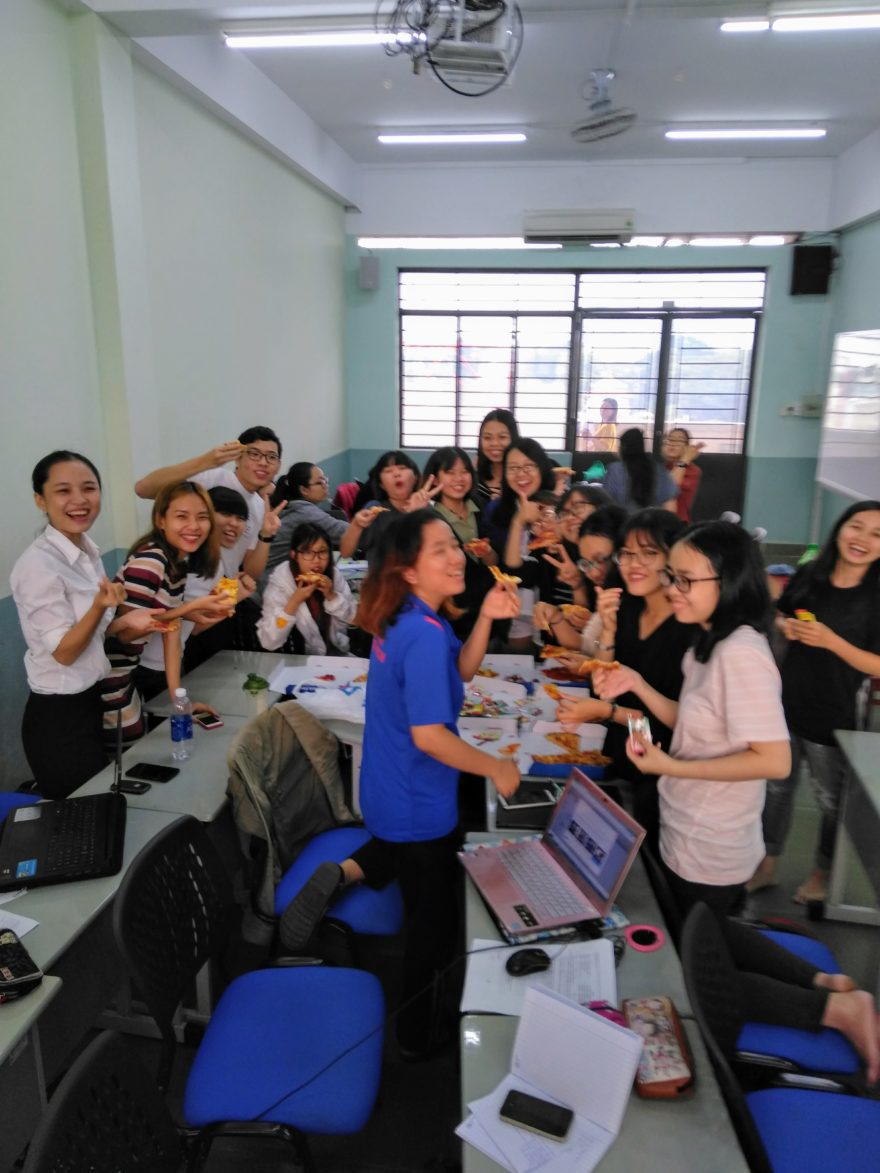Effective classroom management is an essential part of ensuring that learning is taking place in schools. It refers to the strategies, methods, and techniques used to maintain an orderly and productive learning environment where both students and teachers can thrive. Classroom management is the foundation of a successful class, and it requires the teacher’s ability to establish clear expectations, rules, and routines that are consistent, fair, and responsive to students’ needs. In this article, we’ll explore some effective strategies for managing a classroom that can help boost student engagement, learning, and achievement.
Establish a Positive Classroom Culture
Creating a positive classroom culture is the first step to effective classroom management. Teachers should strive to create a welcoming, inclusive, and safe environment where all students feel valued, respected, and supported. Teachers can achieve this by praising positive behaviors, modeling kindness and mutual respect, and fostering teamwork, collaboration, and cooperation among students.
Set Clear Expectations and Rules
Establishing clear expectations and rules that are consistent, fair, and age-appropriate is critical for maintaining order and promoting positive behavior in the classroom. Teachers should clearly communicate these expectations and rules to students at the beginning of the school year and reinforce them regularly. It is also important to involve students in setting the expectations and rules to empower them and improve their sense of ownership and responsibility of their learning environment.
Use Positive Reinforcement
Positive reinforcement is a powerful tool in classroom management. Teachers should use praise, positive feedback, and awards to reinforce desired behaviors and motivate students to continue exhibiting them. This approach promotes a positive and encouraging classroom environment that encourages students to stay on track with their learning goals.
Provide Personal Attention
Students respond better when they feel valued and seen. Teachers should make an effort to understand their students, identify their strengths and weaknesses, and cater to their individual needs. This can be achieved by implementing strategies such as differentiation, small group work, and one-on-one sessions that provide personalized attention. Personal attention can help in identifying problems and challenges faced by students and provide proactive solutions that can help to improve academic performance.
Maintain Consistency and Flexibility
Classroom management requires a balance of consistency in enforcing rules and routines, and flexibility in adapting to changing situations and needs. When rules and routines are consistently upheld, students develop an understanding of what is expected of them and can predict the consequences of their actions. However, flexibility is also crucial in handling unexpected situations and individual differences. Teachers should remain flexible and open to new ideas and approaches that can cater to the changing needs of their students.
In conclusion, effective classroom management is a complex yet essential component in promoting a successful learning environment. It requires teachers to establish a positive classroom culture, set clear expectations and rules, use positive reinforcement, provide personal attention, and maintain consistency and flexibility. By implementing these effective strategies, teachers can create a productive, safe, and inclusive learning environment that fosters academic excellence.

